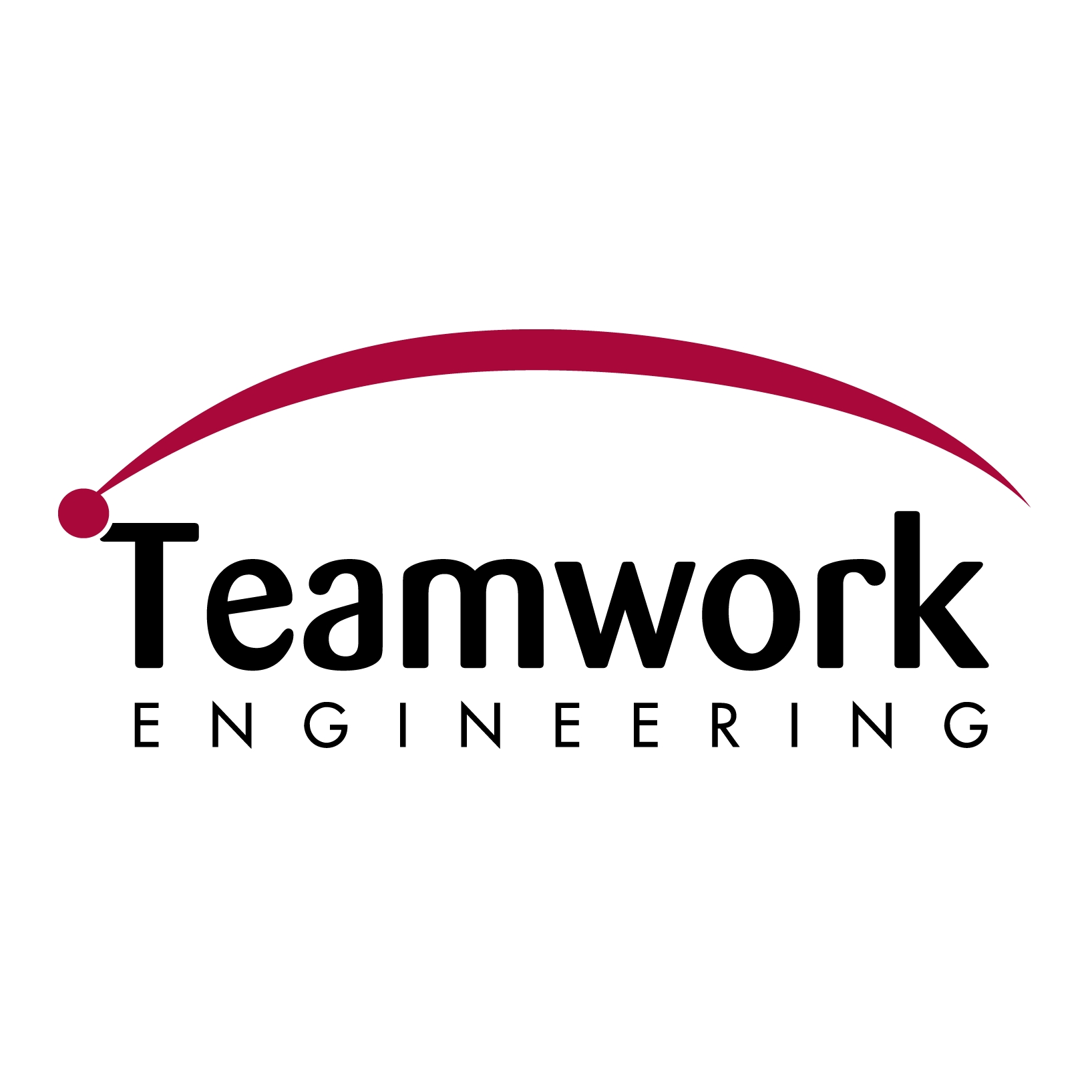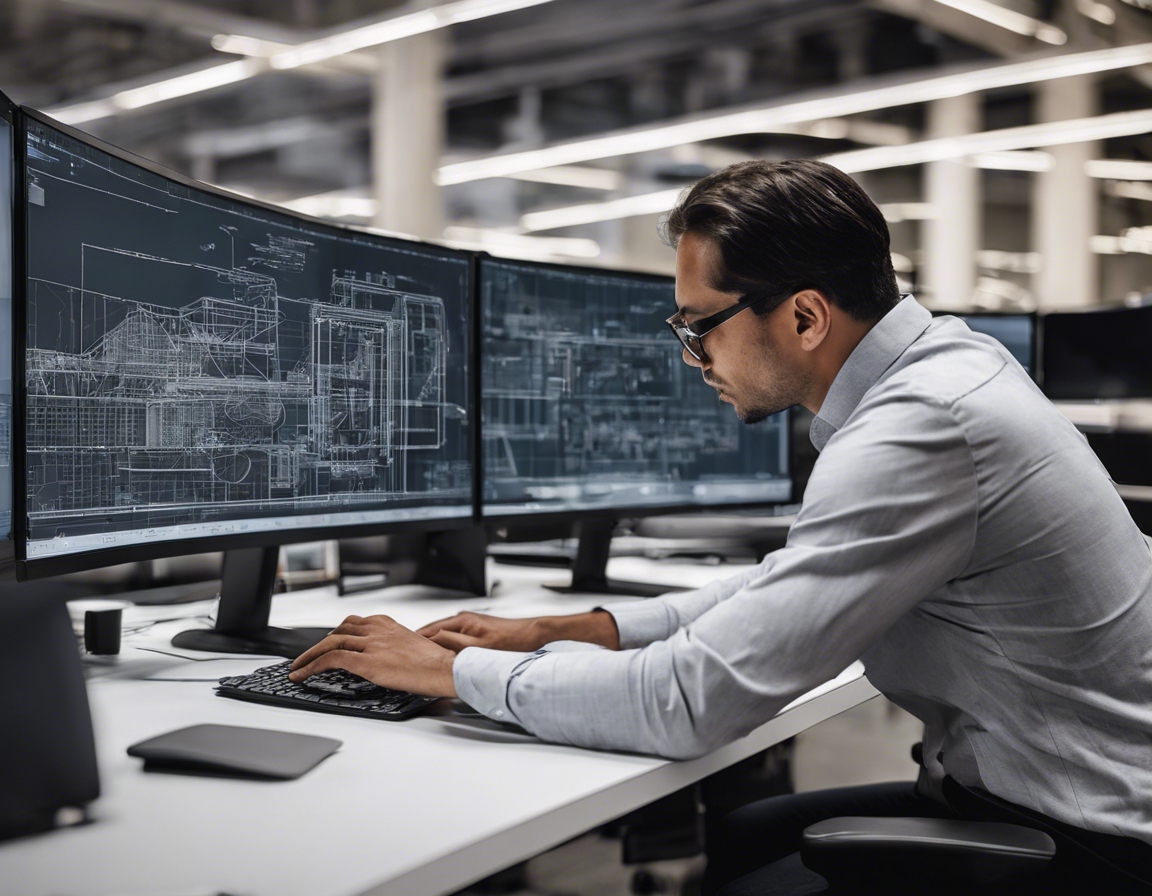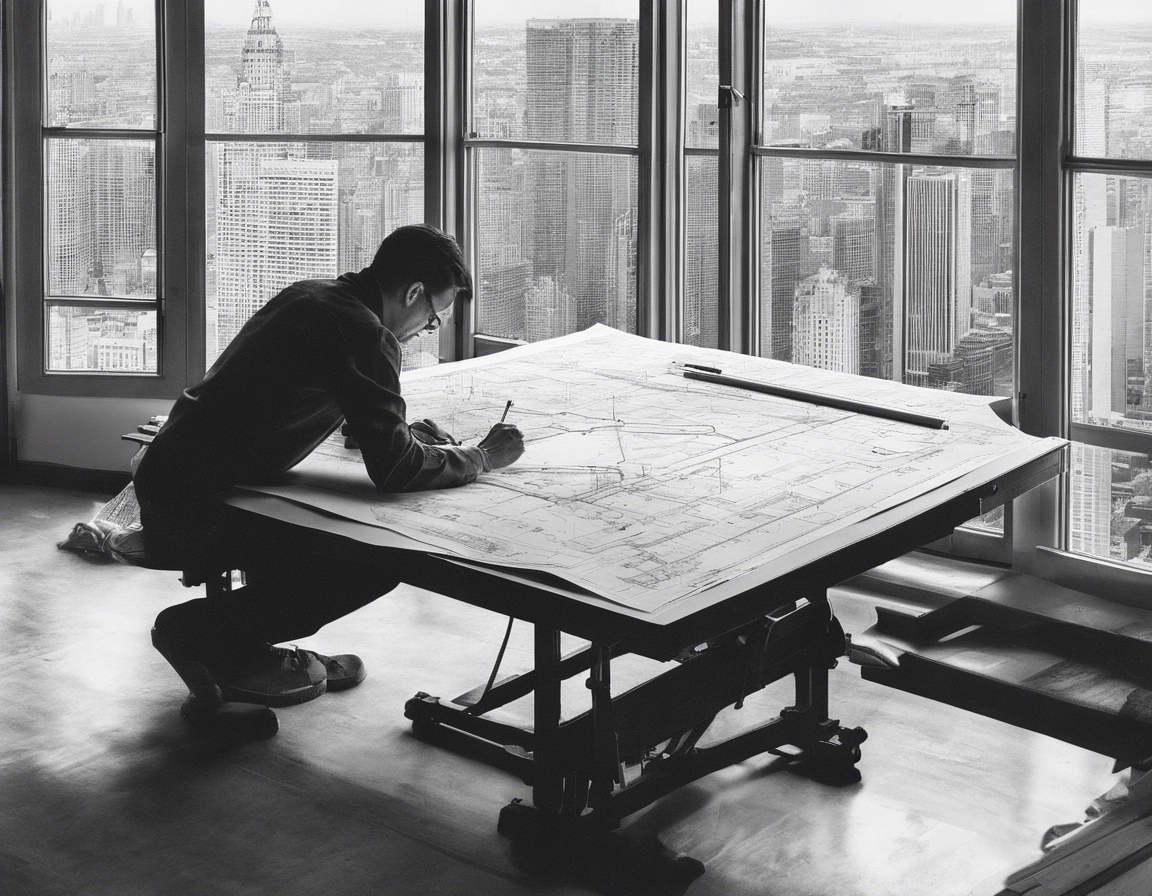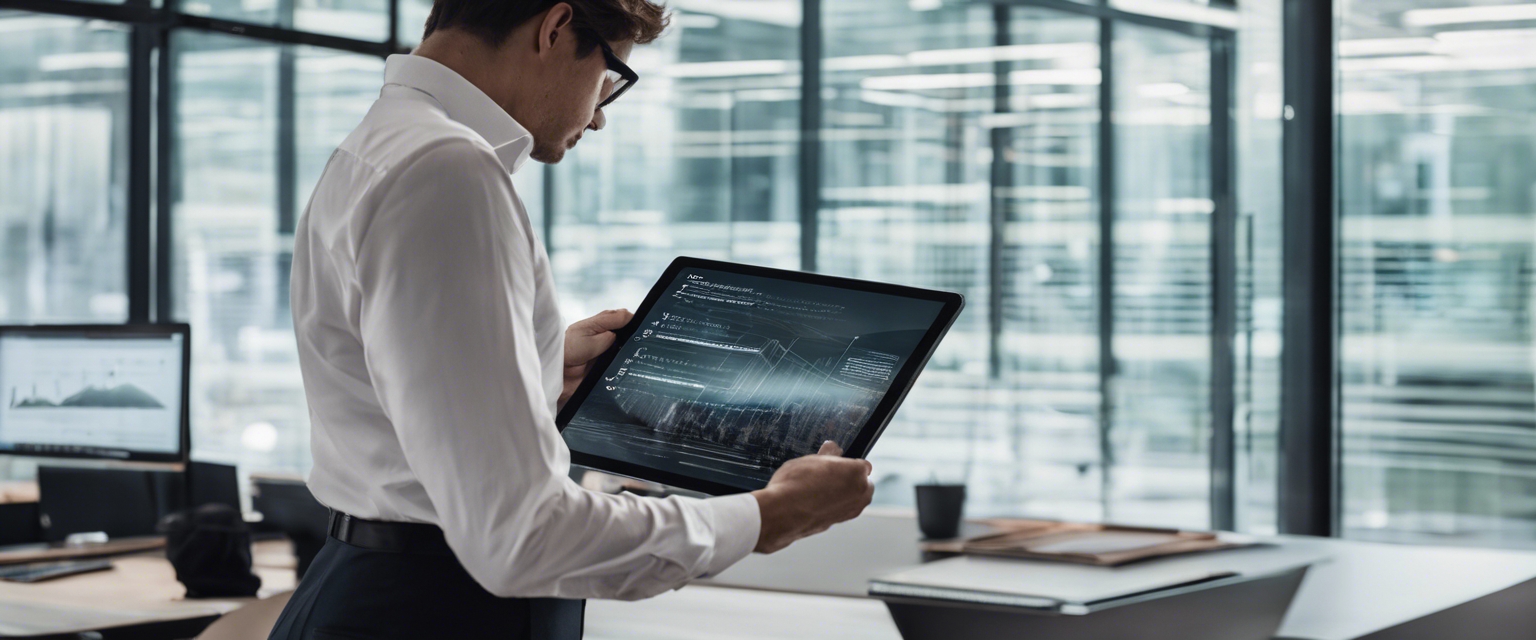The future of 3d modeling in facility design
3D modeling has revolutionized the way facilities are designed, built, and maintained. With the ability to create detailed digital representations of physical spaces, 3D modeling has become an indispensable tool for architects, engineers, and construction professionals. In this blog post, we will explore the future of 3D modeling in facility design and how it is poised to further transform the industry.
Today, 3D modeling is a standard practice in facility design, allowing for precise planning and visualization of complex structures. It enables the identification of potential design issues early in the process, saving time and resources.
The evolution of 3D modeling technologies has been marked by significant advancements in software capabilities, processing power, and user interfaces, making it more accessible and efficient than ever before.
Emerging Trends in 3D Modeling for Facility Design
Building Information Modeling (BIM) integrated with 3D modeling is setting new standards for facility design, providing a more comprehensive approach to the construction lifecycle.
Virtual Reality (VR) and Augmented Reality (AR) technologies are enhancing 3D modeling by enabling immersive design experiences and real-time modifications.
Artificial Intelligence (AI) and machine learning are beginning to play a role in 3D modeling, offering predictive insights and automating routine design tasks.
Cloud-based platforms are facilitating remote collaboration on 3D models, allowing teams to work together seamlessly from different locations.
Benefits of Advanced 3D Modeling in Facility Design
Advanced 3D modeling techniques lead to higher accuracy in designs, which translates to increased efficiency throughout the construction process.
3D models serve as a central point of reference, improving communication and collaboration among all stakeholders involved in a project.
By detecting issues early on, 3D modeling helps reduce unexpected costs and mitigates risks associated with construction.
3D modeling supports sustainable design practices by enabling precise simulations and analyses of energy consumption and environmental impact.
Challenges and Considerations for the Future
The increasing complexity of 3D modeling software necessitates ongoing training and development of technical skills among professionals.
As 3D models become more detailed and data-rich, concerns around data security and intellectual property protection grow.
Ensuring interoperability between different 3D modeling systems and software remains a challenge that must be addressed to streamline workflows.
Adhering to evolving regulatory standards and compliance requirements is crucial for the successful implementation of 3D modeling in facility design.






Comments (0)